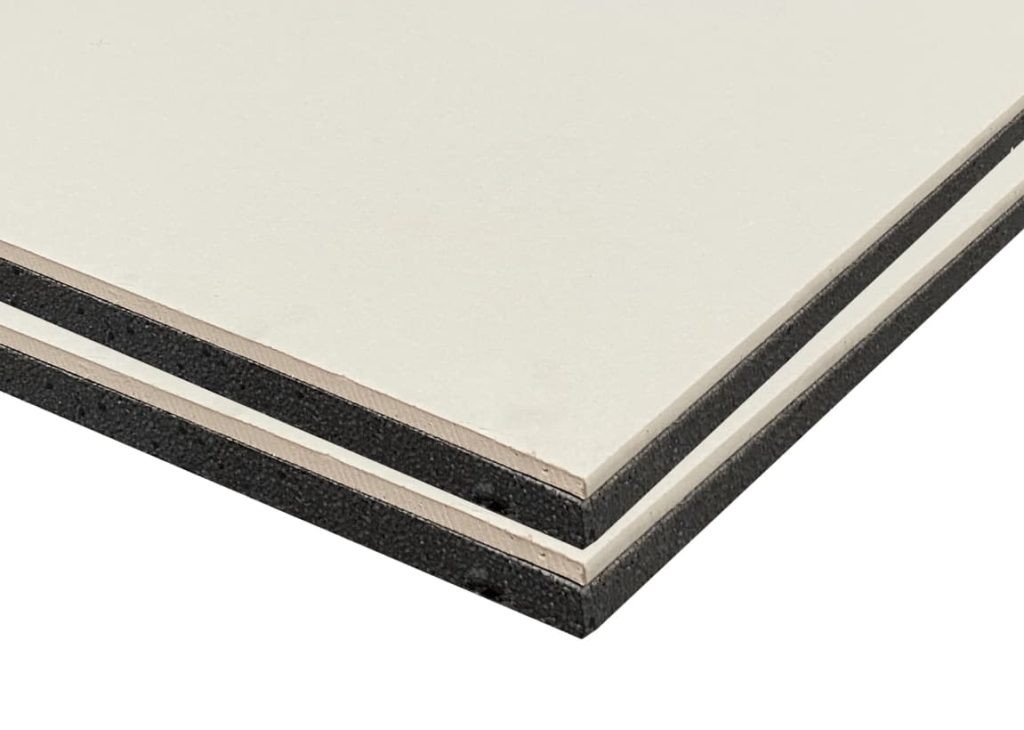If you’re looking to block out the neighbor’s music or street traffic, laminated insulation might be the answer. Laminated padding is a material used in construction that provides both thermal and sound insulation. The material is made up of several layers of materials, which are laminated together to form a single product.
Soundproofing with Laminated Insulation
This is a suitable option for soundproofing due to its ability to dampen sound waves. The multiple layers of materials in the insulation block and absorb the sound waves. This reduces the amount of noise that travels through the walls or ceilings. Different types of insulation are available, each with unique applications depending on the soundproofing requirements.
Soundproofing Applications of Insulation
Laminated padding can be used in various soundproofing applications, including walls, floors, and ceilings. For walls, it can go between the studs before installing the drywall. For ceilings, the insulation can be installed between the joists, and for floors, it can be installed under the floorboards.
Examples of potential soundproofing projects include recording studios, home theaters, and bedrooms. Recording studios require a soundproof environment to prevent external noise from entering the recording space. High load insulation can provide a high level of soundproofing.
Similarly, home theaters require a soundproof environment to create a cinema-like experience. Bedrooms can also block out external noise and create a peaceful sleeping environment.
Benefits of Insulation in Soundproofing
The primary benefit of insulation in soundproofing is the significant reduction in noise transmission. By absorbing and blocking sound waves, the insulation creates a quieter and more comfortable environment. Additionally, it is a cost-effective solution for soundproofing compared to other options such as acoustic panels.
How to Choose the Right Laminated Insulation for Soundproofing
When selecting insulation for soundproofing, it’s essential to consider the thickness, density, and material used in the insulation. A higher density and thicker insulation will provide better soundproofing than thinner and less dense materials.
Different types of insulation include fiberglass, rock wool, polystyrene, and cellulose. Fiberglass is affordable, although rock wool is a denser material. Cellulose insulation uses recycled paper and has good soundproofing properties, but may not be as effective.
Graphite-enhanced expandable polystyrene, or GPS, is arguably the best choice in terms of durability and cost-effectiveness.
Conclusion
If you’re looking for a cost-effective and efficient way to soundproof your home or workspace, laminated insulation is an excellent option to consider. By choosing the right type, you can create a more peaceful and comfortable environment for work or relaxation.

